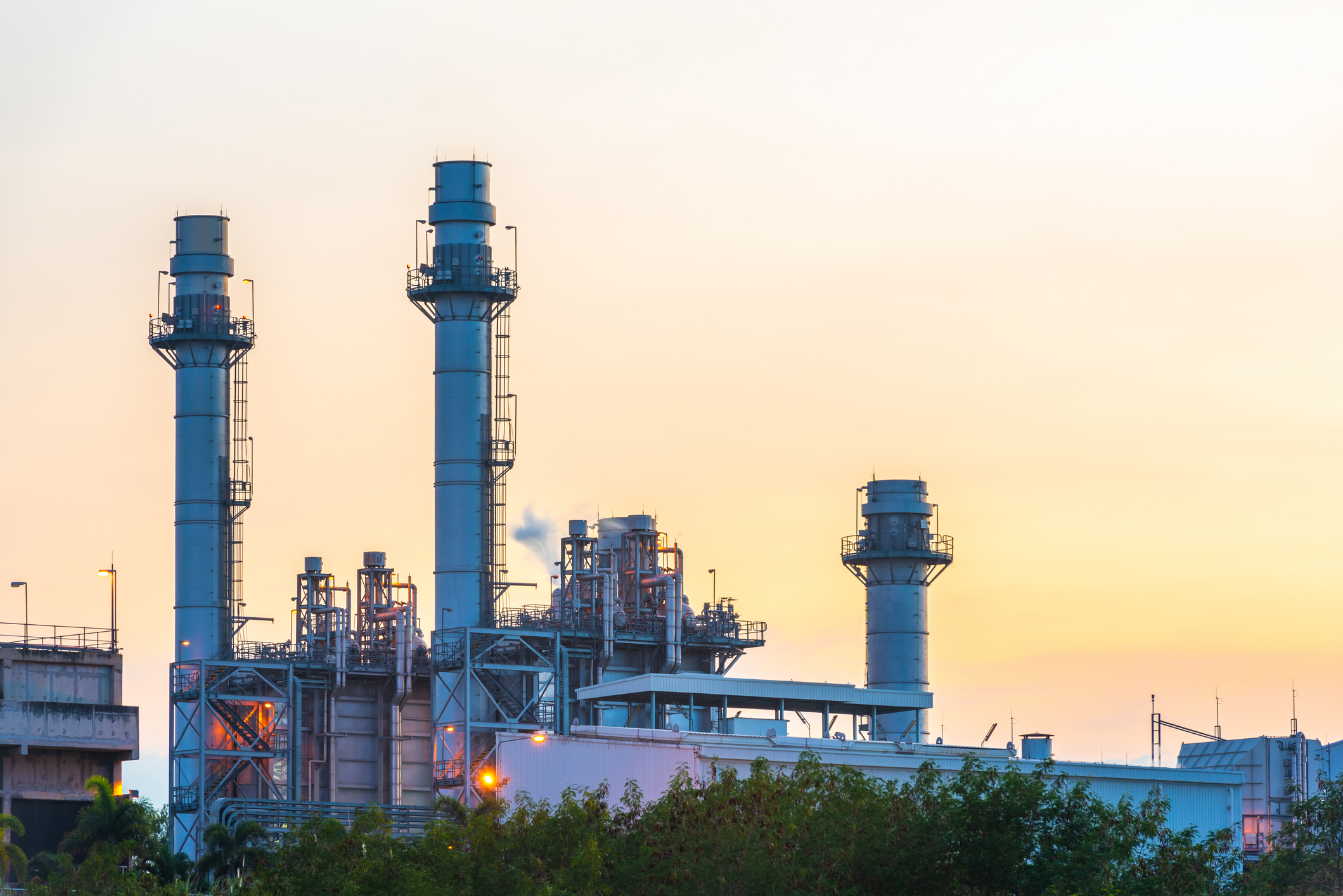The return of the merger
2005: Return of the merger - at Moneyweek.co.uk - the best of the week's international financial media.
With merger and acquisition activity topping $100bn in mid-December, merger mania is back. But who benefits most in the battle for the best buy-outs? asks Jack Dyson.
What's been happening?
Merger mania is back. An end-of-year flurry of big money deals saw weekly merger and acquisition (M&A) activity hit a four-year high in mid-December, topping $100bn. In the US alone, firms sealed agreements worth more than $85bn across a broad range of industries. Johnson & Johnson agreed to buy medical devices rival Guidant for $25bn in cash and stock; Symantec, the world's biggest maker of computer anti-virus programs, bought Veritas Software for $13.5bn in stock; Oracle won control of PeopleSoft for $10.3bn after an 18-month battle; and Noble Energy merged with Patina Oil in a deal worth $3.4bn. These deals make this the busiest quarter for M&A on Wall Street, with deals worth $576bn, since the second quarter of 2000, when $761bn of acquisitions were made.
Is it just in the US that things are hotting up?
Far from it. Worldwide, the value of completed deals (up to mid-December) in 2004 stands at $1,536bn - a more than healthy 47% increase on the same period in 2003, according to an analysis by KPMG of data from Dealogic, a research firm. Here in Britain, some 2,444 deals with a combined value of $214bn were completed, up from $148bn in 2003. And in Europe as a whole, figures from Thomson Financial show the total value of European M&A in 2004 was $735bn up to the start of December - well up on the equivalent total of $567bn the previous year. Moreover, 2004 may well be remembered as the year when Chinese business became a serious player on the global M&A stage for the first time, with Lenovo's $1.25bn purchase of IBM's PC business.
MoneyWeek
Subscribe to MoneyWeek today and get your first six magazine issues absolutely FREE

Sign up to Money Morning
Don't miss the latest investment and personal finances news, market analysis, plus money-saving tips with our free twice-daily newsletter
Don't miss the latest investment and personal finances news, market analysis, plus money-saving tips with our free twice-daily newsletter
Why the upsurge now?
M&A activity is driven by corporate confidence, so anything that promotes confidence - such as, in recent weeks, an easing of uncertainty following the re-election of George Bush in November, and oil prices dropping back from their historic highs - makes deals more likely. But most importantly, the crop of big deals reflects stable capital markets - the gradual but marked rise in equity markets, plus still-low interest rates - and strong corporate profits.
Will the upturn last?
Much depends on continuing growth in corporate profits. Many think that these have peaked in the UK and the US for this cycle. But according to KPMG's international chairman Stephen Barrett, "we are now at a turning-point in global M&A. After the much-heralded return of the market at the start of 2004, we are now finally in a position to call a recovery." Moreover, big merger deals in an industry can often trigger further consolidation. For example, Johnson & Johnson's deal with Guidant will make it the most comprehensive supermarket' for medical devices, potentially forcing other device companies, such as Medtronics, to make acquisitions. Similarly, if a proposed merger between Sprint and Nextel comes off, it will unite the world's third and fifth-largest wireless operators. That would put pressure on Verizon Wireless and other international mobile-phone groups such as Vodafone, Deutsche Telekom and Japan's NTT DoCoMo to re-evaluate their expansion ambitions in the US.
Who benefits from M&A?
Lawyers and bankers are the only guaranteed winners from a big deal. They rake in huge fees for their specialist advice and expertise. The long-term advantages for shareholders are much less clear-cut; indeed, there's plenty of evidence from academic studies to suggest that most takeovers offer no long-run boost to the acquiring firm's share price. That said, share prices do often get a big short-term boost when a bid is announced. When Banco Santander announced its bid for Abbey, shares in the UK bank jumped by 23% from 470p to 580p, for example.
How can I spot the best targets in 2005?
There's no cut-and-dried formula. But likely targets tend to be firms that have got stuck in a rut and seen their shares dwindle despite having salvageable businesses and brands. This explains why US value fund manager Brandes has built up significant holdings in Marks & Spencer and J Sainsbury. More generally, firms doing badly but operating in sectors with high barriers to entry, or whose shares are trading at less than net asset value, make good targets.
Christopher French, co-head of European investment banking at Goldman Sachs, thinks "there is a strong chance we will see a further wave of consolidation in industries such as banking and insurance and a comeback in sectors such as telecoms, media and technology". In financial services, possible targets include Royal & Sun Alliance, Bradford & Bingley and Northern Rock. In retail, Marks & Spencer, J Sainsbury and WH Smith. In telecoms, Cable & Wireless, Energis and Colt Telecom, and in the UK media sector Five and Flextech, Scottish Radio Holdings and Emap, EMI and Warner Music.
Get the latest financial news, insights and expert analysis from our award-winning MoneyWeek team, to help you understand what really matters when it comes to your finances.
MoneyWeek is written by a team of experienced and award-winning journalists, plus expert columnists. As well as daily digital news and features, MoneyWeek also publishes a weekly magazine, covering investing and personal finance. From share tips, pensions, gold to practical investment tips - we provide a round-up to help you make money and keep it.
-
 300,000 remote workers to miss out on working from home tax relief
300,000 remote workers to miss out on working from home tax reliefThousands of workers forced to work from home will no longer benefit from the working from home tax relief next year. How will it affect you?
-
 How to tap into AI energy stocks
How to tap into AI energy stocksOne certainty about generative AI is that it is hugely energy-intensive. Companies providing that power look set to capture the benefits.

